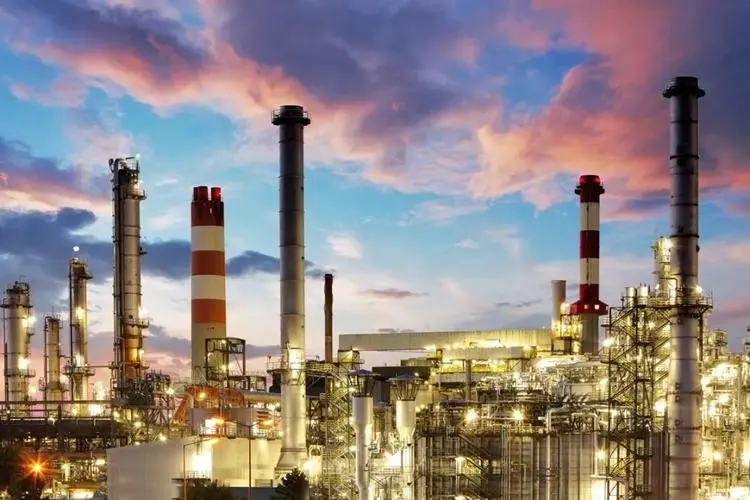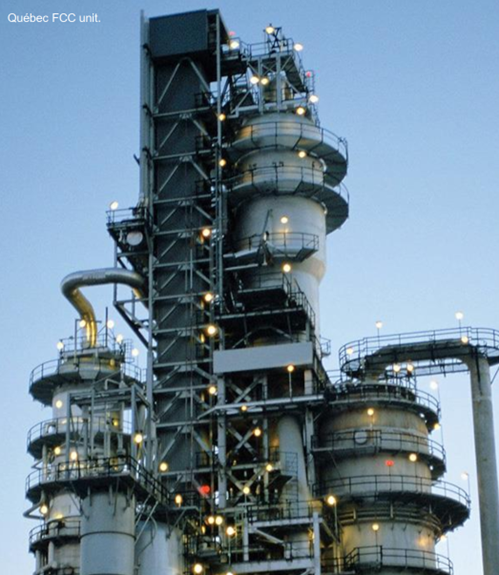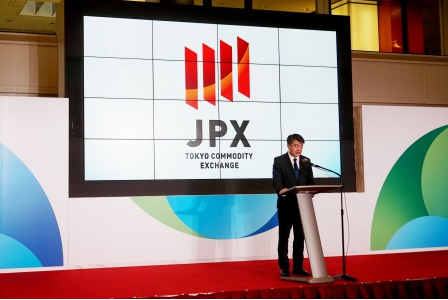TOCOM Energy
JPX Energy Market Updates(Aug. 22, 2022)
Hello and welcome to jpx energy market weekly updates.
Crude oil prices were down slightly last Friday and failed to resume the upwards momentum in place since the midweek release of latest EIA report, all crude oil benchmarks were heading for small weekly losses.
Middle East spot crude markets largely improved in flat-price terms playing catch up with the previous session's Brent gains that came after the Singapore close with premiums for spot barrels consolidating at the lower levels but was still down on the week. Dubai cash for October delivery was assessed at $92.80/b for 19 August, up $2.40/b from the previous session, while JPX Dubai futures were up $2.7/b on the day at around $89.7/b for the Oct contract.
Dubai market structure stabilized after hitting multi-month lows, with the key M1/M3 spread ticking back above +$4/b, while the JPX Dubai future spread was pegged at $3.2/b on the day.
Russia and Ukraine war has resulted in shifting trade patterns, leaving Europe to find substitutes for Russia’s oil. This change has driven up the Brent and Dubai spread to a level high enough to reduce Asia’s imports of Brent crude oil and to retain more oil in Europe. However, the spreads fell in the past two weeks due to weaker European refinery demand and increasing supply. According to shipping data, Russia's crude exports rose by 140,000 b/d on the month to average 3.36 million b/d to remain above pre-war levels for the fifth month in a row as sanctions impact remains muted. Russian exports to the Netherlands, Italy, and Turkey all rose sharply in early August.
The Brent-WTI spread has also increased enough to attract more imports of crude oil from the United States into Europe. The price spread increased to a high of $13/b at the end of July, the highest price spread since January, 2014. From March through July, the Brent-WTI spread averaged $6/b, an almost $2.50/b increase from the first two months of the year.
The EIA reported last Wednesday that US crude stocks dropped by an unexpected 7.1 million barrels last week, while US crude exports were estimated at a record 5 million barrels. It’s the highest U.S. export volume ever reported.
Over the next year or two, while U.S. ratchet up production in response to higher prices as Europe scramble to replace Russian crude oil, Gulf Coast export terminals may well be called upon to load and ship out even more oil on a regular basis. It should be noted that if the existing oil-related infrastructure which are estimated have a combined maximum capacity of over 6 MMb/d along the coast would be capable of handling a real flood of crude in the future.
In the medium term, these wide price spread we noted above will keep exports from Europe to Asia subdued and encourage higher imports from the United States, both of which will likely be necessary as the EU reduces crude oil imports from Russia by 90% by the end of the year.
The market is also watching for further developments surrounding the Iran nuclear deal. After 18 months of negotiations, progress has been made in reviving the Iran nuclear deal, with no official word over the past weekend as the EU and US are reviewing Iran's response to the 'final' text. According to earlier reports, Iran did not demand that the Iranian Revolutionary Guard Corps be removed from the State Department's list of Foreign Terrorist Organizations,which had been a major sticking point in efforts to revive the Iran nuclear deal.
US investment bank Goldman Sachs sees an immediate deal as unlikely as under the current setup, both sides are still able to attain something beneficial without having to concede ground. Should a deal be reached soon, Goldman expects as much as 1 million bpd finding its way onto the world market in short order, up from the 2.7 million bpd the country is still able to produce despite the current sanctions regime.
In the natural gas market, gas prices in Europe are soaring again because of supply disruptions from Russia. TTF gas price traded as high as €250/MWh, an oil equivalent to more than $400/b. European refinery margins are being squeezed as the cost of hydrogenation has risen sharply due to soaring gas prices.
Asian LNG futures soared to recent highs last week with buyers increasingly forced to compete with runaway European prices. North Asian benchmark JKM futures for Dec22, Jan23, and Feb23 were all settled at above $60/mmBtu for the first time as key North Asian buyers, including China, Japan, and South Korea, prepare for winter shortages. As we noted before, JKM prices are likely to be particularly volatile during the second half of this year. The JPX LNG contract would still be a good choice to hedge against fluctuations in spot prices.




